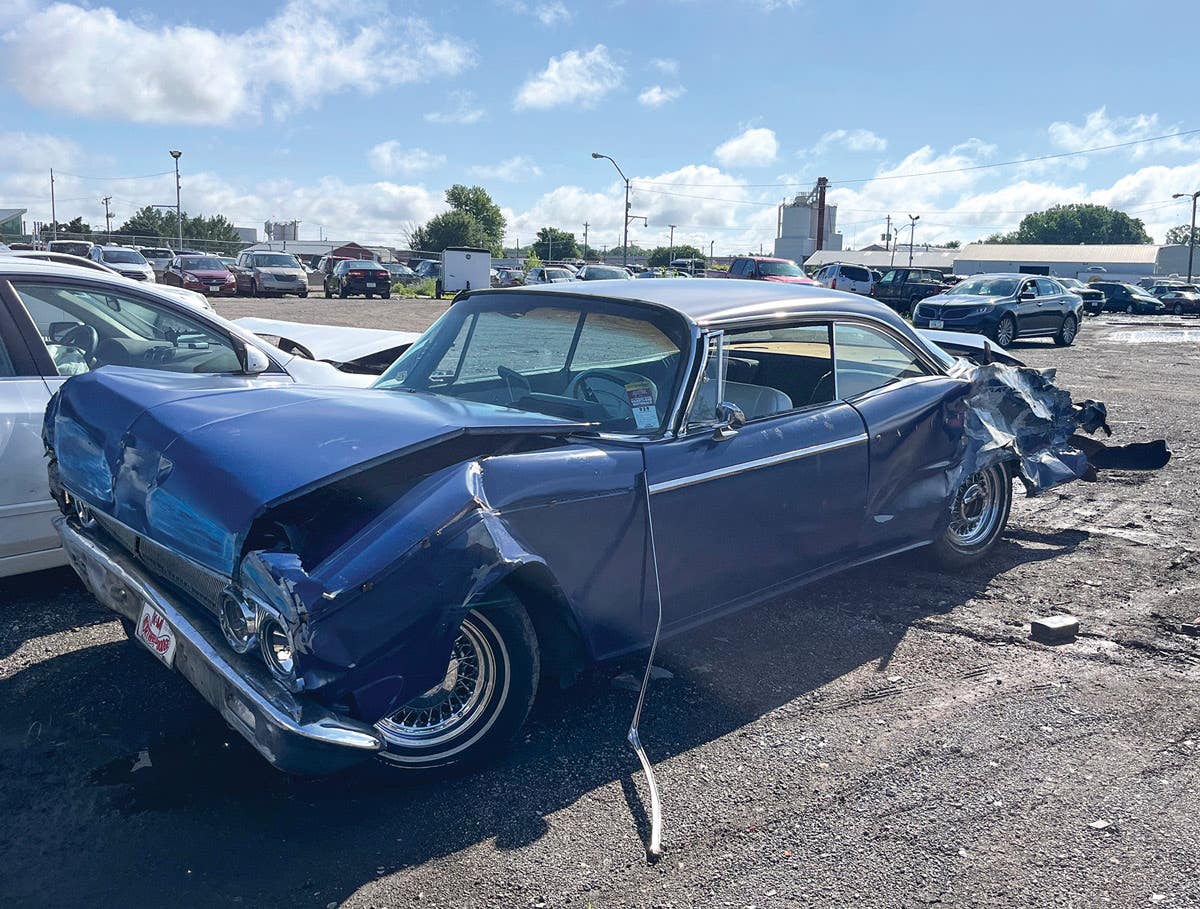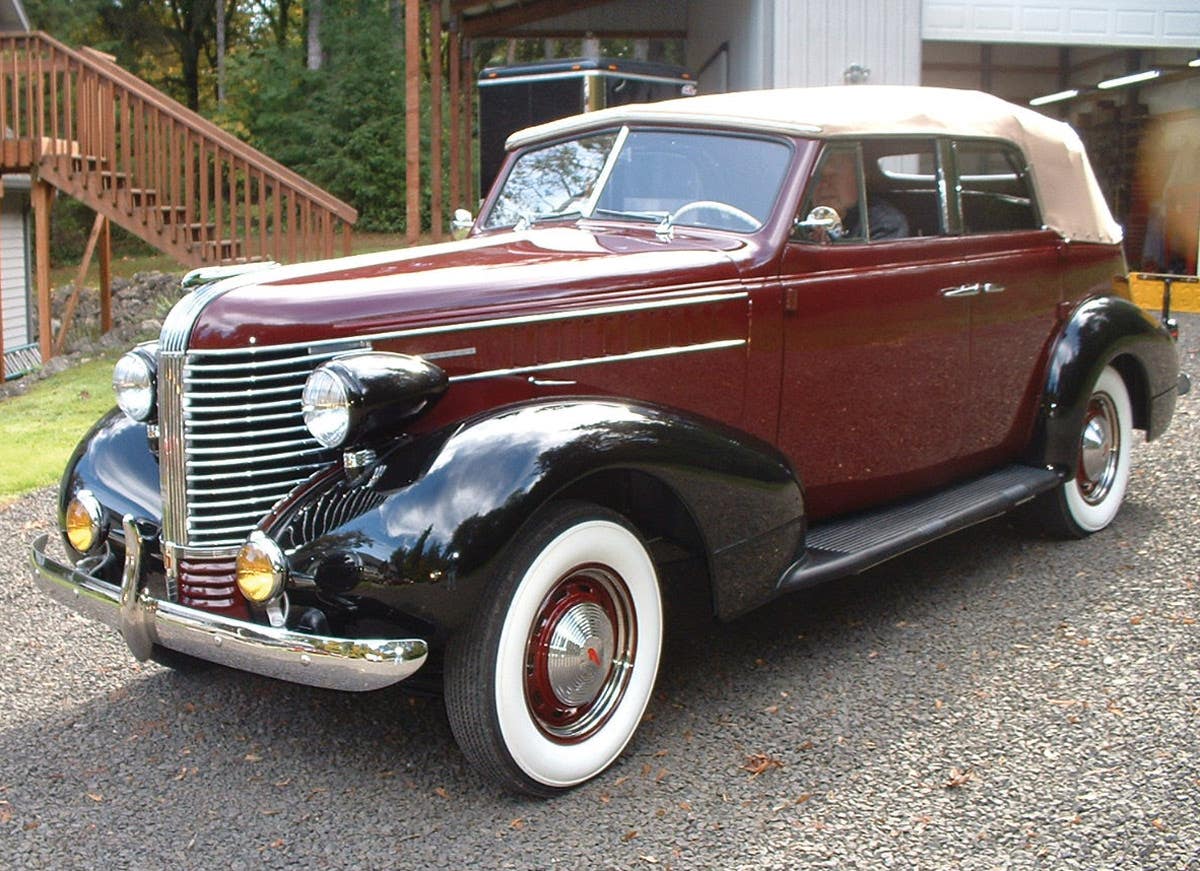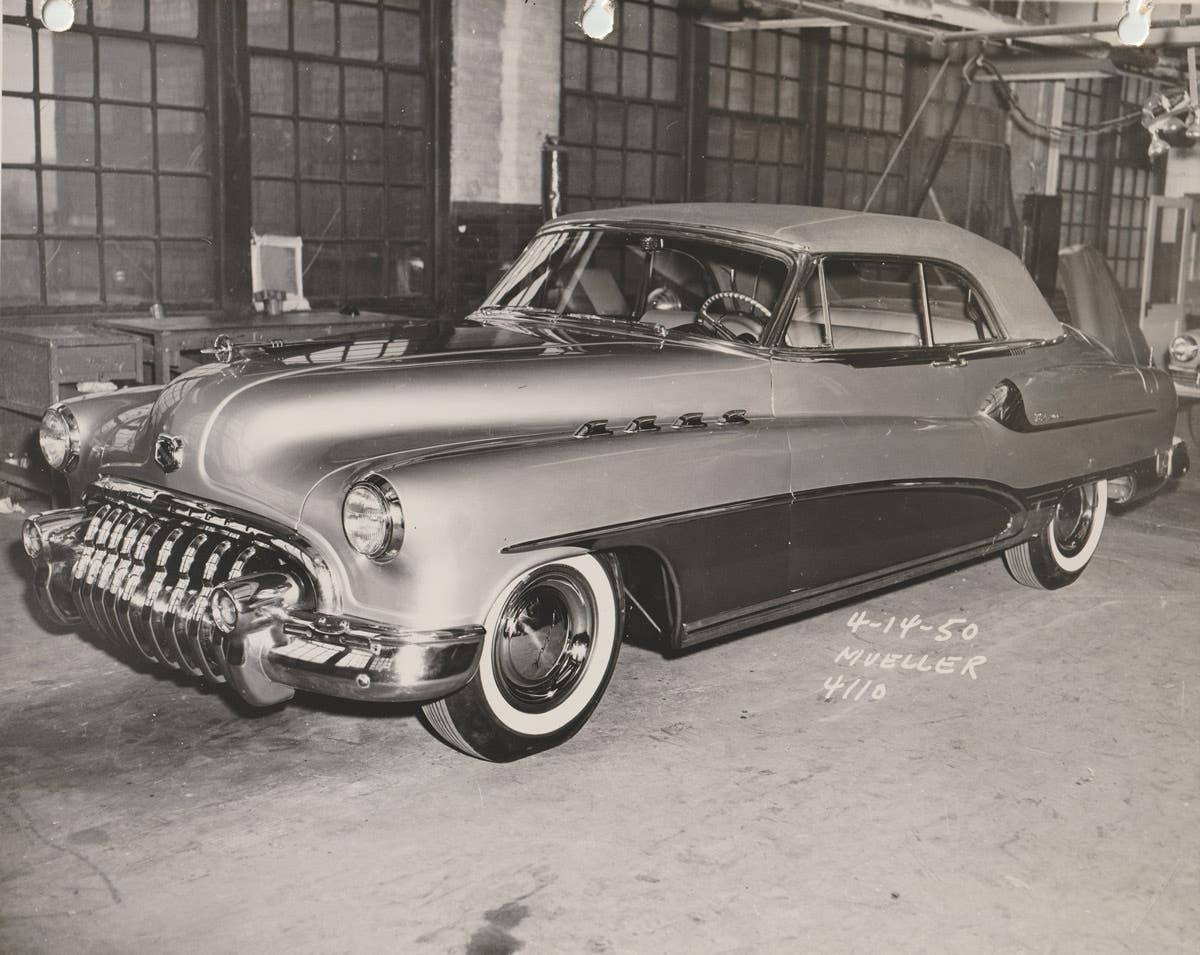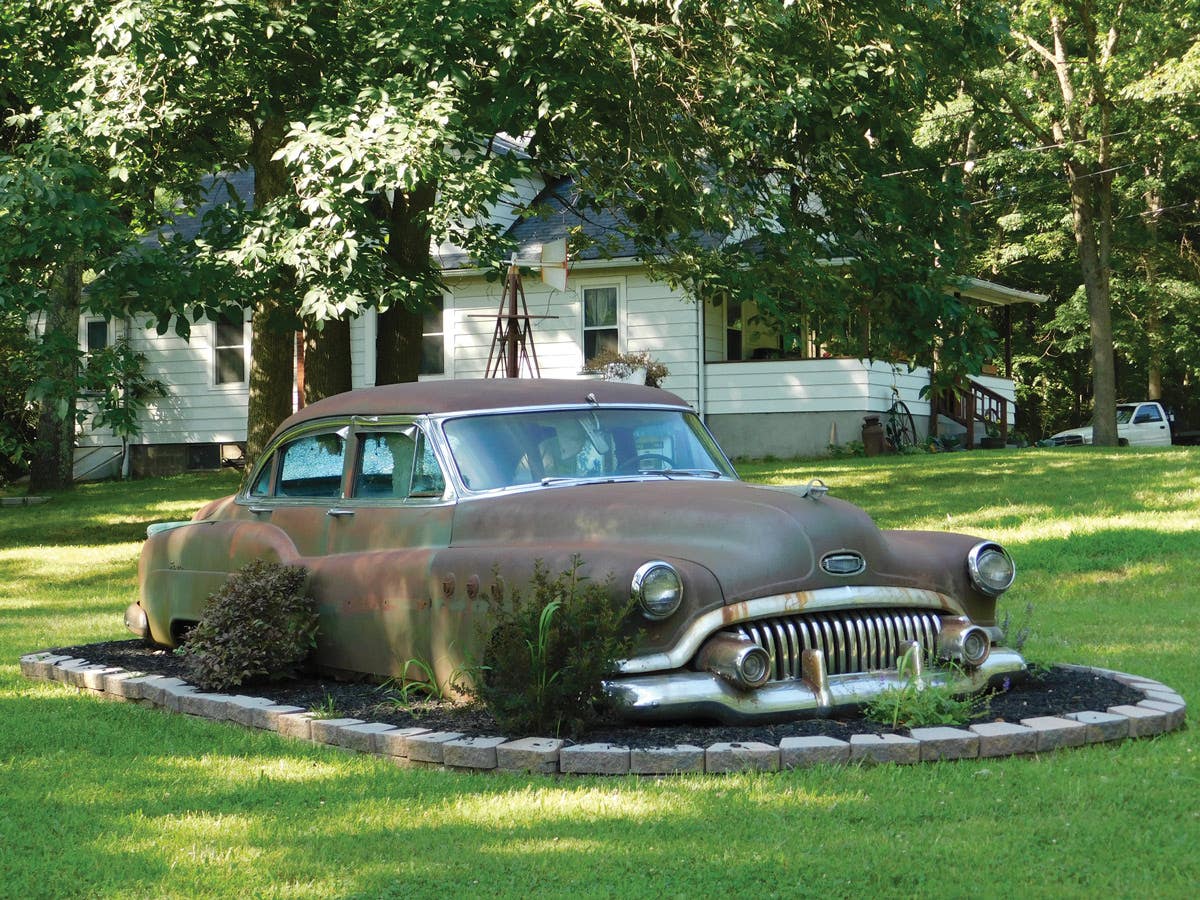Q&A with Kit Foster: October 9, 2014
Q. I really enjoyed the story Dennis Caudell wrote (Aug. 21) about the “whooshing” sound the Oldsmobiles of the 1950s and ’60s made when they were going flat out at…
Q. I really enjoyed the story Dennis Caudell wrote (Aug. 21) about the “whooshing” sound the Oldsmobiles of the 1950s and ’60s made when they were going flat out at full throttle. I think I have the answer. I had a 1954 Olds 98 that was my first car and it sounded just like that. It was my dad’s car that I got upon graduation from high school. It made the same sound until I put dual exhausts on with a set of Flowmaster mufflers. I also had a 1960 Super 88 convertible with a three-speed manual and that did the same thing until I put duals on it. I believe the noise was because of too much back pressure in the stock exhaust.
I went on to sell Oldsmobiles for 30 years, from 1963 to 1993, and from the early ’60s to the late ’60s all the full-size Oldsmobiles sounded that way unless you ordered duals from the factory. As I get older I forget what I did five minutes ago but I remember the RPO code and the price of the dual exhaust. The RPO was N10 and I believe the price was $24.10.
By the way, that ’54 Olds was a real rocket. Not too many cars could keep up. It had a 324-cubic-inch engine, four-barrel carb and a four-speed Hydra-Matic transmission.
— Peter Guidera, Whippany, N.J.
A. This topic resonated (sorry!) with many of you. Read on.
-------------------------------------------------------------
Q. I never knew my Falcon Sprint had a specially tuned exhaust. By the time I got it, the original owner had installed cherry bomb mufflers. At idle, it would make the canopy panels at one of the local drive-ins resonate and vibrate. The managers didn’t approve. I now drive one of those GM V-6s and you are right, they do sound angry.
— Bruce Thomas, Rapid City, S.D.
Q. I read with interest the question in the Aug. 21 edition from Dennis Caudell remarking on the “whooshing” sound he remembers from passing Oldsmobiles and your answer remarking on the sound you’ve noticed from late model GM V-6 automobiles. Since I own an example of each of these cars, I thought my perspective might be of interest.
My 1969 Olds 98 convertible, which I’ve owned since 1972 (second owner) has the big-block 455 and weighs a hefty 4,300 lbs or so. It is extremely quiet in its original configuration, with both a muffler and a resonator, while capable of prodigious torque (510 lbs.-ft.) and horsepower (365). I’ve never witnessed this power from the sidelines, only from behind the wheel, but a combination of the immense power and size of this vehicle could certainly result in a “whoosh” as it motors by, especially if passing gear is engaged. From inside there is only a turbine-like sound of weight being forced into motion.
I also own a 2012 Chevy Impala with the 3.6-liter V-6. It’s rated at 300 hp and is much quicker than I had expected. It does make a “snarling” sound when you accelerate, the intensity of which seems to vary with the amount of throttle engaged and how much the engine is being taxed. The sound reminds me of that from Steve McQueen’s Mustang in the famous chase scene in the movie “Bullit.” I can’t tell where the sound is coming from, but it is definitely audible from inside the car. I’ve heard of manufacturers actually using a car’s sound system (i.e., radio, CD player) to achieve a macho sound, but with the Chevy I doubt this is the case. It seems to be coming from under hood, which would seem to indicate it’s induction-related, but I don’t know. In any case, it was a surprise to me as my previous car (a 2005 Buick Rendezvous) had a similar engine, but made no sound whatsoever when the engine was pushed. Since modern cars use “fly by wire” accelerator linkage and have multiple computers on board, all manner of skullduggery is possible, but in this case, it makes an old gear head happy without arousing the interest of the gendarmes.
The sounds our cars make certainly are a big part of our appreciation of them. There’s nothing in the world that sounds quite like a flathead Ford starter engaging, or the sound of a big V-8 at idle. I run my Olds without the resonator in the exhaust system just so I can hear that big 455 talk to me when I come off the throttle.
— Gerald Trotochaud, Bruce Crossing, Mich.
A. Ah, “flathead Ford starter engaging.” When I was young I could frequently identify a make of car even before the engine started, simply by the sound of the starter. In many cases, like that Ford V-8, I still can. Some are so distinctive they have names. Mopar people call the high-pitched gear-drive starter the “Hamtramck hummingbird.” This may start a whole new thread, so let’s leave it there for now.
To submit questions to this column: E-mail angelo.vanbogart@fwmedia.com or mail to: Q&A, c/o Angelo Van Bogart, 700 E. State St., Iola, WI 54990-0001.
Got Old Cars?
If you don't subscribe to Old Cars Weekly magazine, you're missing out on the only weekly magazine in the car hobby. And we'll deliver 50 issues a year right to your mailbox every week for less than the price of a oil change! Click here to see what you're missing with Old Cars Weekly!
More Resources for Car Collectors:
- Classic car price guides, research, books, back issues of Old Cars Weekly & more
- Get expert restoration advice for your classic car
- Get car pricing, data and history all in one place
- Sign up for Old Cars Weekly's FREE email newsletter
- Need to buy or sell your classic car? Looking for parts or memorabilia? Search our huge online classified marketplace







